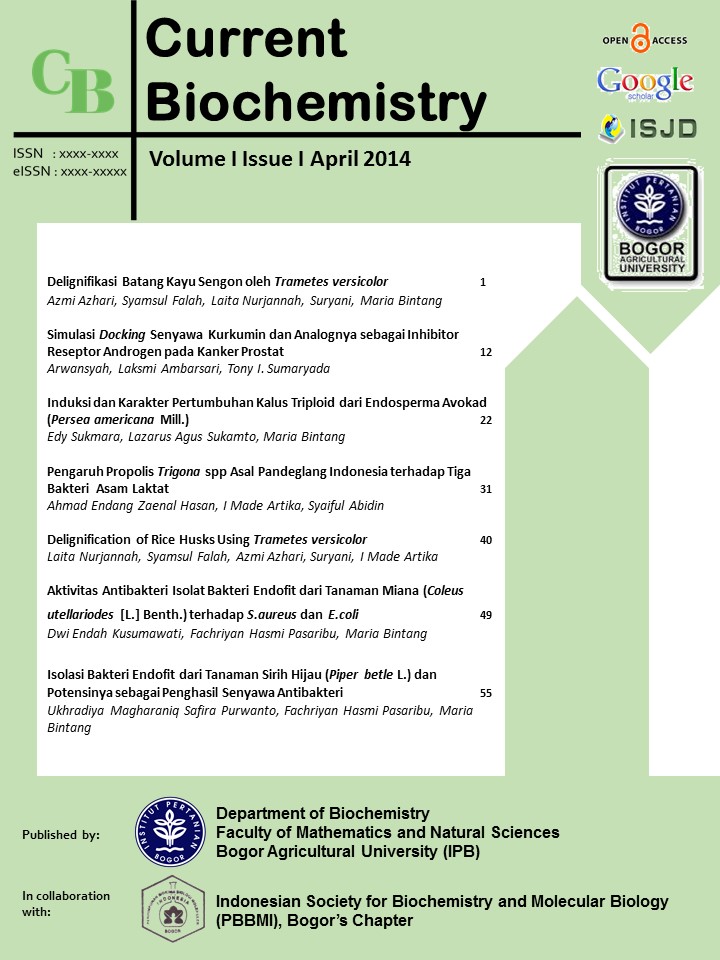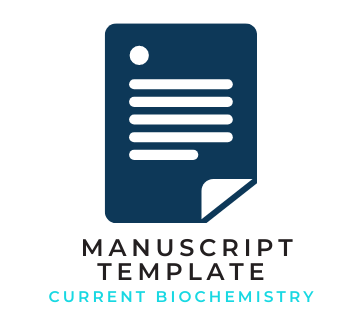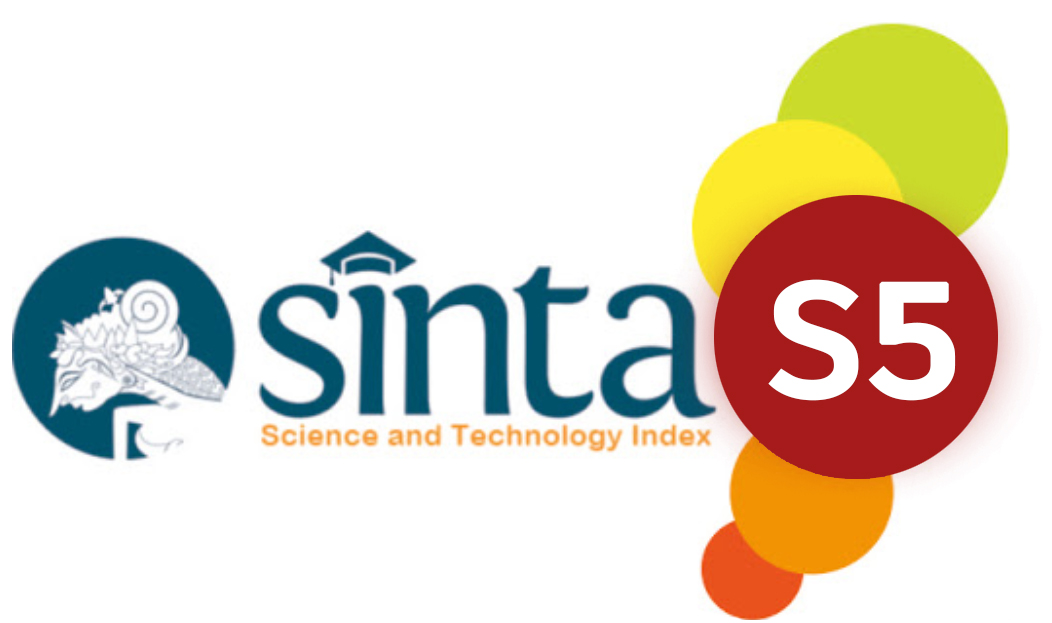Induksi dan Karakter Pertumbuhan Kalus Triploid dari Endosperma Avokad (<i>Persea americana</i> Mill.)
Abstract
The concentration of the Plant Growth Regulators (PGR) medium as well as endosperm viability determines the success of triploid avocado callus. This study was aimed to explore the best size of diameter fruit and the most responsive concentration for the induction of endosperm avocado callus. The study consisted of two phases. The first stage is to determine the best diameter size of avocado and concentration of the culture medium that gave the fastest response to be endosperm callus. The second stage used flow cytometer to obtain triploid of avocado endosperm callus. This study used four size of fruit group diameter, that A=(0.30-0.50), B=(0.51-1.00), C=(1.01-1.50) and D=(1.51-2.20) in cm. Factorial experiment with four replications was arranged in a completely randomized design. Murashige and Skoog medium (MS) was used in this culture with two PGR that the Picloram and 2.4-D. Each with concentration : 0.5, 1.0, 2.0 and 4.0 in mg/l. The most responsive diameter fruit size was group B (0.30 – 0.50 cm) with the fastest callus growth average was 7.67 weeks after culture (WAC). The most responsive concentration for endosperm callus induction was Picloram 2 mg/l, growth in 5.08 WAC. The endosperm callus growth successfully t done by the inclusion of avocados embryos. The best interaction between fruits diameter and concentration for callus avocado induction used fruits diameter A with picloram 2 mg/l. The endosperm callus were measured by using flow cytometer resulted in avocado triploid callus with region range (RN) Mean value wer 302.01, 296.60, and 298.51 respectively. While the avocado leaf control resulted in 198.82 diploid plant.
References
Chaturvedi, R., M.K.Razdan, and S.S. Bhojwani. 2003. An efficient Protocol for the Production of Triploid Plants from Endosperm Callus of Neem, Azadirachta indica. A. Juss. J. Plant Physiol. 160: 557–564.
Garg, L., N.N. Bhandari, V. Rani, and S.S.Bhojwani. 1996. Somatic Embryogenesis and Regeneration of Triploid Plants in Endosperm Cultures of Acacia nilotica. Plant Cell Rep. 15:855–858.
Gmitter, F.G.Jr., X.B. Ling and X.X. Deng. 1990. Induction of Triploid Citrus Plants from Endosperm Calli in Vitro. Theor. Appl. Gen. 80:785-790.
Góralski, G., M.Popielarska, H.Slesak, D. Siwinska and M.Batycka. 2005. Organogenesis in Endosperm of Actinidia deliciosa cv. Hayward Cultured In Vitro. Acta Biol. Crac. Ser. Bot. 47: 121–128.
Lakshmi S.G. 1987. Triploids. In J.M. Bonga and D.J. Durzan (eds.) Cell and Tissue Culture in Forestry. Martinus Nijhoff Publishers. Dordrecht. The Netherlands. p: 269-284.
Machno, D and L.Przywara. 1997. Endosperm Culture of Actinidia spp. Acta Biol. Crac. Ser. Bot. 39: 55–61.
Miyashita, T., T.Ohashi, F. Shibata, H.Araki, and Y.Hoshino. 2009. Plant Regeneration with Maintenance of the Endosperm Ploidy Level by Endosperm Culture in Lonicera caerulea var. emphyllocalyx. Plant Cell Tissue Organ Cult. 98: 291–301.
Mooney PA and J. Van Staden. 1987. Induction of Embryogenesis in Callus from Immature Embryos of Persea americana. Can J.Bot 65: 622-626
Pardal, JS. 2009. Rekayasa Buah Tanpa Biji, Warta Penelitian dan Pengembangan Pertanian, 31: 6
Pierik, R.L.M. 1971. Plant Tissue Culture as Motivation for The Symposium dalam J.V. Bragt et.al, (eds). Effects of Sterilisation on Components in Nutrien Media. Wagenigen : Vennman and Zonen
Sedgley,M. 1980. Anatomical Investigation of Abscissed Avocado Flowers and Fruitlets. CSIRO. Australia
Sehgal, C.B. and N.S.Abbas. 1996. Induction of Triploid Plantlets from the Endosperm Culture of Mallotus philippensis. mull. Arg. Phytomorphol. 46: 283–289.
Sukamto,L.A. 2010. Kultur in vitro Endosperma Protocol yang Efisien untuk Mendapatkan Tanaman Triploid Secara Langsung, Jurnal Agro Biogen 6(2):107-112
Suryowinoto, M. 1996. Pemuliaan Tanaman Secara in vitro. PAU Bioteknologi UGM. Penerbit Kanisius. hal.114
Sunyoto, S. Purnomo, dan Makbul. 2010. Formula Media Kultur Endosperma Jeruk Hasil Persilangan antar Klon Siem dan Keprok dan Jeruk besar. Jurnal Holtikultura 20(4):332-341
Srivastava, P.S. 1982. Endosperm culture. In B.M. Johri (ed.) Experimental Embryology of Vascular Plants. Springer-Verlag, Berlin. p. 175-193
Thomas, T.D., A.K.Bhatnagar and S.S.Bhojwani. 2000. Production of Triploid Plants of Mulberry (Morus alba L.) by Endosperm Culture. Plant Cell Rep. 19: 395–399.
Thomas, T.D. and R. Chaturvedi. 2008. Endosperm Culture: A Novel Method for Triploid Plant. Plant Cell. Tiss. Org.Cult. 93(1):1-14.
Tao, R., K. Ozawa, M. Tamura, and A. Sugiura. 2009. Dodecaploid Plant Regeneration from Endosperm Culture of Persimmon (Diospyros kaki L.). Acta Hortic. 436, 119–128.
Wang, T.Y. and C.J. Chang. 1978. Triploid Citrus Plantlet from Endosperm Culture. In Proc. Symp. Plant Tissue Culture. Science Press, Peking, China. p. 463-467
Witjaksono. and R.E. Litz. 1999. Induction and Growth Characteristic of Embryogenic Avocado Culture. Plant Cell, Tissue and Organ Culture 58:19-29 (diakses tanggal 30 April 2013) dari Link.Springer.com
Yasseen, M Yasseen. 1993. Morphogenesis of Avocado In Vitro, A Review. California Avocado Society. Yearbook 77:101-105
Zhao, H.X. 1988. Induction of Endosperm Plantlets of “Jinfeng” Pear In Vitro and Their Ploidy. p. 123-124. In Genetic Manipulation in Crops. Proc. Int. Symp. Genetic Manipulation in Crops. Beijing.










